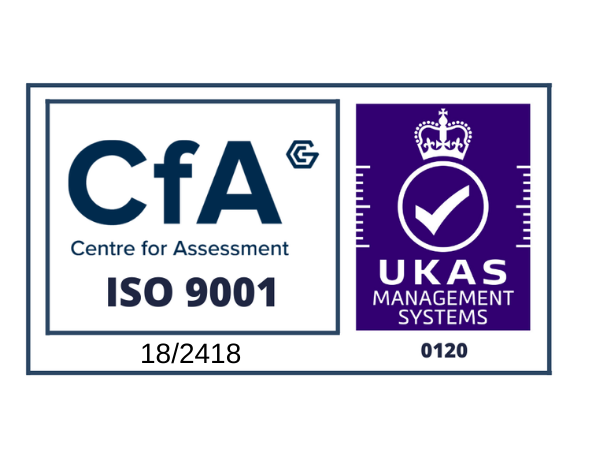Sustainability in steel fabrication
Sustainability in steel fabrication: Reducing waste and Energy Consumption
The Importance of Sustainability in Steel Fabrication:
The steel industry is entering a new era with a focus on sustainability, aiming to shrink its carbon footprint and adopt eco-friendly practices. But why is sustainability important in steel fabrication? Steel production is highly energy-intensive. Traditionally, steel production heavily relied on coal-fired furnaces, emitting large amounts of carbon dioxide. But now, electric arc furnace technology has transformed steel-making. It allows the use of recycled steel, which can heavily reduce energy consumption and emissions. This contributes to a much more sustainable future. The move towards sustainability in metal fabrication, particularly steel, requires a multifaceted approach. It must cover production, supply chains, and end-of-life recycling.
Implementing sustainability practices across the steel value chain, from ore extraction to steel product manufacturing, also plays a huge role in sustainability. Embracing green steel initiatives not only helps companies reduce their carbon footprint but also improves the durability and sustainability of steel as a material.
What's more is that steel's high recycling rate highlights the material's eco-friendliness, cutting down on waste and emissions. This helps fabrication companies can reduce their environmental impact and promote truly sustainable practices throughout the supply chain.
Environmental Impact of Steel Industry:
The steel industry is extremely important for our economy, but it also poses huge environmental challenges. Making steel takes a lot of energy and generates a considerable amount of carbon dioxide and other greenhouse gases. The process starts with getting iron ore, turning it into steel through a high-temperature process , and then refining and shaping it. The fabrication process of steel's entire process consumes large quantities of energy, typically derived from fossil fuels, but also results in the emission of pollutants that contribute to air and water pollution, affecting both human health and wildlife.
Making steel also creates by-products such as slag, dust, and gaseous emissions that we needs be managed carefully to keep the environment safe. This is why many businesses within the industry are constantly finding ways to tackle these problems. Understanding how the steel industry affects the environment is key to finding ways to balance industry needs with keeping the environment healthy.
Benefits of Implementing Sustainable Practices in Metal Fabrication:
Implementing sustainable production processes in metal fabrications has a range of benefits:
- Improve operational efficiency
- Makes more efficient use of materials and energy
- Significantly reduce their carbon footprint
- Improves the industry's public image
- Make companies more attractive to environmentally conscious consumers and partners
- Attract more customers
Ways to Reduce Carbon Emissions in Steel Production:
Cutting carbon emissions in steel production is not only a great way to fight climate change but is also a significant strategic business decision for companies looking to stay competitive in a more environmentally conscious market. One of the primary methods to achieve this is to adopt cleaner energy sources. One way to do this is by using cleaner energy sources. Instead of relying on coal, which is the traditional standard, fabricators can switch to renewable energy like wind, solar, or hydropower. This lines up with global goals for sustainability.
Making production processes more energy-efficient is also key.By investing in newer, more efficient technologies, steel producers can reduce the amount of energy required for production, which directly lowers their carbon footprint. Another smart move is to use more recycled steel. Recycled steel requires significantly less energy to produce than virgin steel, making it an attractive option for reducing overall emissions.
How Can Recycling Contribute to Sustainable Steel Fabrication?
Recycled Materials in Steel Production:
One of the best things about steel is that it can be recycled over and over without losing its strength. This isn't just great for the environment; it also makes sense financially for the industry. By using recycled steel, manufacturers can cut down on the need for new materials and skip the energy-heavy steps in making steel from scratch. This also means steel companies can offer an environmentally-product without sacrificing on quality.
Using recycled materials in steel production has become increasingly significant in the modern steel industry as it strives for sustainability. This shift is all about reducing the environmental impact by making use of steel's recyclable nature. By incorporating scrap steel and other recycled components into the manufacturing process, steel producers can significantly mitigate the environmental footprint of their operations. This approach saves resources and lowers greenhouse gas emissions, making steel production more sustainable.
This eco-friendly strategy not only saves valuable resources but also cuts down on waste, promoting a circular economy where materials are reused instead of being thrown away. Using recycled materials also saves a ton of energy since melting down old steel takes a lot less energy than making new steel from scratch. This dedication to recycling in steel production makes a big difference in shrinking the environmental impact, showing how eco-friendly manufacturing can work in real life.
Impact of Sustainable Materials on the Steel Industry:
The rise of sustainable materials has bought about a new era for the steel industry which has a heavy focus on carbon neutrality. Choosing materials that are better for the environment isn't just the right thing to do; it's also smart business. This change affects every step of making steel, from getting the materials to recycling them, pushing the industry towards greener ways of working.
Adopting these sustainable materials requires the steel industry to innovate and implement technologies that minimise waste, improve energy efficiency, and use resources more responsibly. This means metal fabricators have to rethink how they get their materials, aiming for ones that are gentler on the environment. This change doesn't just help the environment; it also puts companies at the forefront of sustainability, which could open up new markets and make customers more interested in eco-friendly product.
What Role Does Energy Consumption Play in Steel Fabrication?
Integration of Renewable Energy Sources in the Steel Fabrication Process:
The integration of renewable energy sources fits with global goals for sustainability as well as lead to less harm to the environment from making steel. Switching to renewable energy isn't just good for the environment; it makes economic sense too. It can provide a steadier and possibly cheaper energy supply in the long run. Plus, it helps companies with their reputation by showing they care about the environment, which can attract customers and investors who care about the impact of their supply chain. Using renewables in steel production shows the industry's dedication to cutting its carbon footprint, setting an example for other sectors to follow in making sustainable changes.
Efficient Practices to Reduce Energy Consumption in Fabrication:
To reduce their energy consumption, fabrication companies need to use smarter methods. First off, switching to energy-efficient machines can make a big difference. These machines use features to waste less energy and work better, which directly lowers how much power is needed. Secondly, having a good system to manage energy is key. This means keeping an eye on energy use all the time and fixing any problems right away to make things more efficient.
Also, changing how things are set up and when they're done can save a bunch of energy. By arranging things to avoid wasting time and energy when machines aren't being used, and by starting and stopping them less often, companies can use less energy. And using renewable energy like solar or wind power instead of non-renewable sources can cut down on costs and make production more sustainable in the long run.







